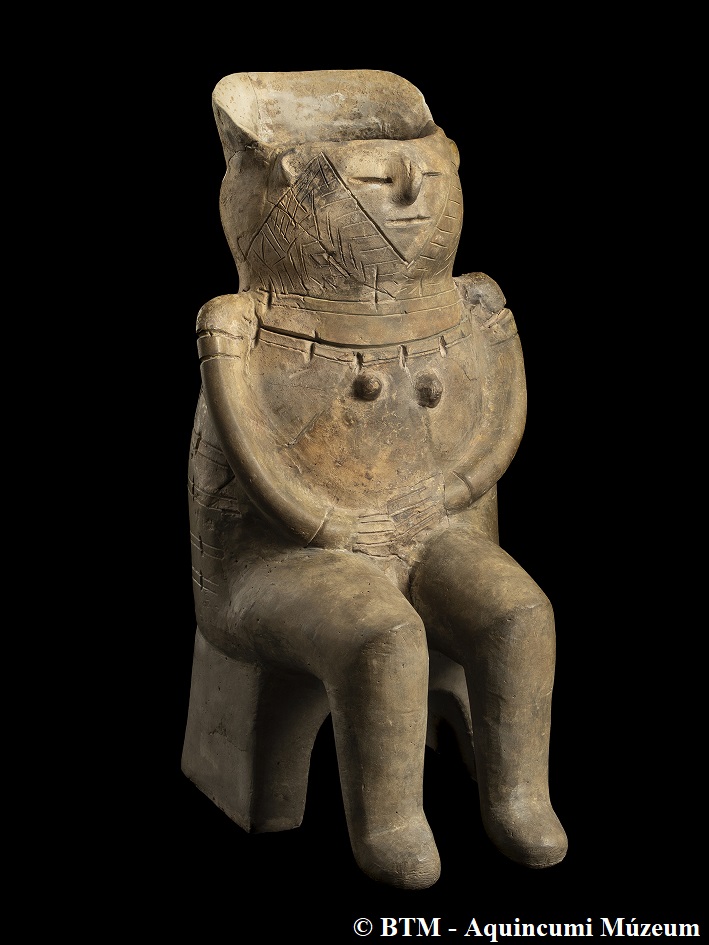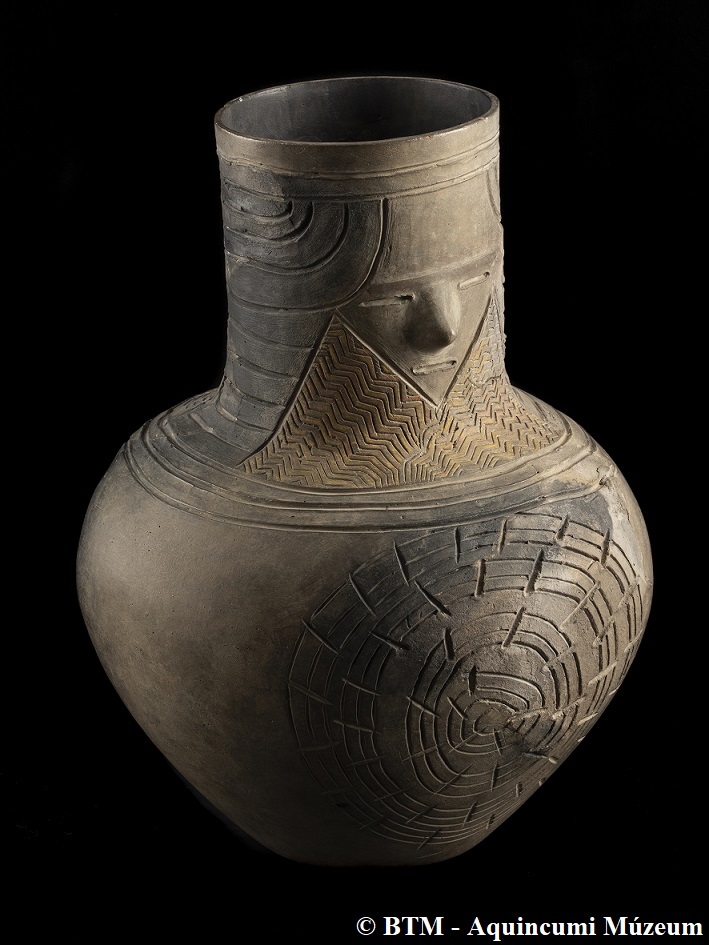The Aquincum Museum’s new exhibition introduces visitors to the Neolithic past of the Hungarian capital. At the exhibition we can learn about the people of this distant age, their daily lives, surroundings, and thoughts. Interview with the curator, archaeologist Dr Zsuzsanna M. Virág.
What is the Neolithic’s 7000-year-old message for our times?
Life in the Neolithic was still very close to nature. People were respectful of nature and used its resources only to the necessary extent. Humankind today has come to believe that it is above nature, that it can subdue all, conquer all. This is, I think, the message: that we, too, ought to pay attention to the warning signs of nature, extreme weather, large storms, drought, earthquakes, and the destruction of the natural environment in general.
In what ways was the Neolithic a revolutionary period?
The essence of Neolithisation is the transition to food production. Humanity was able to become self-sufficient. Earlier, during the Palaeolithic, they were only able support themselves by hunting, gathering, and fishing. For the growing population after the Ice Age, this was no longer enough. At this time, they realised that there were plants and animals which they could domesticate. Connected with food production was the settled lifestyle and innovations like pottery making, polished stone tools, and the spread of spinning and weaving (which became common practice at this time). Also connected with it are the permanent settlements and massive houses, which could even stand for several decades.

The settlement area of the Linear Pottery culture (LPC) in the Carpathian Basin during different style phases of pottery.
Who were the first settlers of Budapest?
People had been living here also during the Palaeolithic, but it was the people of the Linear Pottery culture who became the first food producers in the Hungarian capital, who established villages. We do not know their name. Usually we name Prehistoric peoples after their characteristically-decorated vessels, distinctive objects, or the site where they were first identified.
Characteristic of the Linear Pottery culture are the lines incised on the surface of vessels, hence their name. Starting from Transdanubia, they came to settle large swathes of Central Europe. Later on, the various local groups in the vast area, which by then stretched between the Paris Basin and the Dniester river, began to develop unique pottery and ornament styles, but the incised lines remained the foundation for approximately five hundred years (c. 5450-4950 BC).
What are the most important finds of the exhibition?
The vessel in the shape of a seated figure found in Törökbálint-Dulácska, which could be completely reconstructed. As far as I know, there is no other like it. In Germany there is a similar artefact, which they were able to reconstruct, but that does not have a face or a head. This is a very special object; and it was found in a special pit. It was likely part of a ritual of some kind, when it was broken and some of its broken remains were thrown into this pit.

Vessel in the shape of a seated figure (Törökbálint-Dulácska)
Fascinating are the polished stone tools and how versatile they were. They were only suitable for wood processing. Many people think that they were also used for farming, but contact with the soil would blunt and ruin the polished stone tools. Instead they used wooden and antler tools to till the land, which was likely no easy task.
There is another special find. In Budapest there are very few graves, but by the Buda Skála (where the Allee Shopping Centre now stands), a double burial was found at the edge of a settlement, where two young people were buried, and by their feet a relatively small vessel with a human face was placed. Here, too, we can probably speak of a ritual of some kind, which we can suspect based on the rite of the burial and the rare vessel deposited.
What is your favourite find?
Once again I would say the Törökbálint-Dulácska vessel in the shape of a seated figure, which was found in a rather fragmentary state, or the vessel with two human faces from Biatorbágy, which, too, was very fragmented, and which I had the chance to reconstruct and rebuild with my colleague, conservator Ildikó Lészkó. If you spend a lot of time with something…, you come to regard it almost as your own. These special items are my favourite, my ‘kids’ in a way, of course only in a professional sense.

Vessel with two faces (Biatorbágy-Tyúkberek)
The vessel with two faces is also very significant. In the entire Zseliz area only two such vessels could be reconstructed as vessels with two faces. In addition to the Biatorbágy vessel, another one from Békásmegyer was reconstructed earlier by Nándor Kalicz and Rózsa Schreiber. This, too, will be a key artefact of the exhibition.
Zoltán Quittner
Photographs by Nóra Szilágyi
Map by Tamás Lajtos
The exhibition “A 7000-year-old message: Remains of the Neolithic world in and around Budapest” can be seen until 31 October 2020 at the Aquincum Museum.
Click here to read the previous entries of the Aquincum Museum’s blog.


